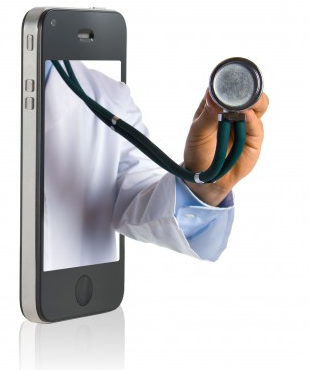New technology is already allowing doctors to see – and even feel – the body through a whole new experience.
The medical imaging industry is now undergoing an entirely new level of potential as virtual reality expands well beyond games and takes its first steps into hospitals as well as medical schools.
This VR technology based experience allows doctors to gain a whole new concept of a patient’s body.
The purpose is to allow doctors to use virtual reality in combination with other more traditional medical tech, such as magnetic resonance imaging (MRI) and ultrasounds, so they can see those images in a three dimensional view, but also interact with those images as though they were really there. By using these viewer devices, in addition to other hardware such as styluses, the doctor will be able to see the image, move it with his or her hand, and even feel resistance through the hardware, as though they were touching the actual organ or other body part that has been scanned.
This virtual reality experience would allow a doctor to look right inside a patient’s brain without cutting into it.
 The majority of today’s medical imaging equipment is already capable of producing high quality 3D images. However, surgeons must view those images in a 2D experience as the only place they can display it is on a traditional screen. Even with multiple images, viewed as a series of snapshots of a body part, they are required to create a mental image of the reconstructed body part in their heads.
The majority of today’s medical imaging equipment is already capable of producing high quality 3D images. However, surgeons must view those images in a 2D experience as the only place they can display it is on a traditional screen. Even with multiple images, viewed as a series of snapshots of a body part, they are required to create a mental image of the reconstructed body part in their heads.
The investment into 3D imaging has been put off, until now, because many doctors don’t feel that viewing a three dimensional image would provide enough benefit to be worth the expense. Hospitals would be required to demonstrate the ability of the tech to improve the care received by the patient, and then be reimbursed for that tech investment.
That said, with the latest virtual reality technologies, that situation could easily change. This tech can draw data and imagery from several sources in order to create a complete 3D view, with the potential to considerably improve the outcomes of patients.

